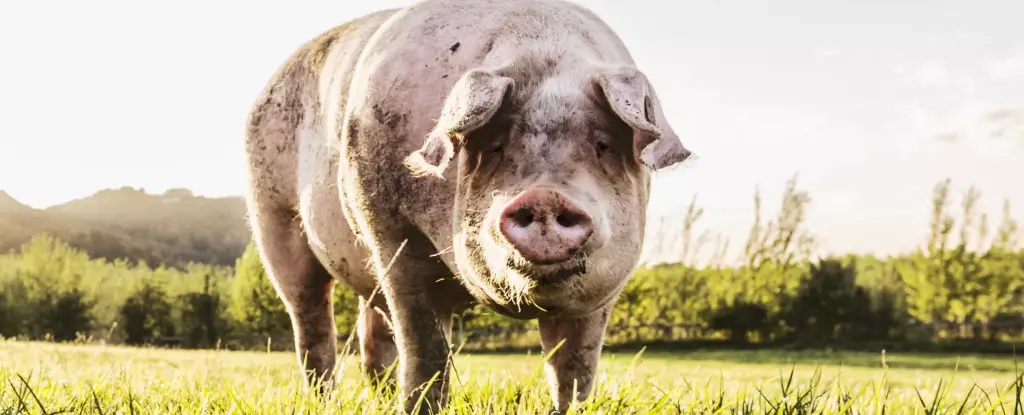In a startling development, a pig at a non-commercial farm in Oregon has been confirmed to have contracted the H5N1 avian influenza virus, marking a significant first for the United States. The announcement was made by officials from the U.S. Department of Agriculture (USDA) following the discovery that poultry on the same farm had tested positive for this highly contagious virus just days prior.
The USDA has taken immediate steps in response to this detection. The infected pig, which exhibited no visible signs of illness, was euthanized along with four others to enable further diagnostic analysis. Of these remaining pigs, two have tested negative for the virus, with results for the other two still pending. Such measures illustrate a swift action plan to mitigate the risk of H5N1 spreading beyond the confines of the farm, especially since the livestock were in close contact and shared resources such as water and housing, which can facilitate interspecies transmission.
Despite the alarming nature of the situation, USDA representatives have reassured the public regarding the safety of the national pork supply. They have specified that this particular farm’s operations were not intended for commercial meat production, alleviating concerns about broader implications for food safety. The agency emphasized that, as of now, there is no risk to public health. However, the situation has triggered heightened awareness in agricultural and public health circles concerning the zoonotic potential of H5N1.
While the immediate risks appear manageable, there are rising anxieties among public health experts regarding the increasing instances of mammalian infections following poultry outbreaks. Experts warn that if H5N1 continues circulating among various species, there remains a potential for the virus to evolve and become transmissible to humans, a scenario that could have dire public health implications. Authorities have instigated surveillance protocols for other animals at the affected farm, including sheep and goats, keeping them under close observation to preempt any further spread of the virus.
The USDA is undertaking genomic sequencing of the infected pig’s sample to ascertain any mutations that the virus may have undergone. Preliminary analyses from the poultry genetic samples taken at the Oregon farm have revealed no immediate adaptations that would increase human transmission risk. As results from the sequencing are pending, precautionary measures remain in place, and the situation is under vigilance.
While the detection of H5N1 in pigs is unprecedented in the U.S., immediate and decisive actions by authorities have been geared toward containment and public safety. Continuous monitoring and research are essential in understanding the evolving nature of this virus as it poses emerging challenges to both animal health and broader public health concerns.

